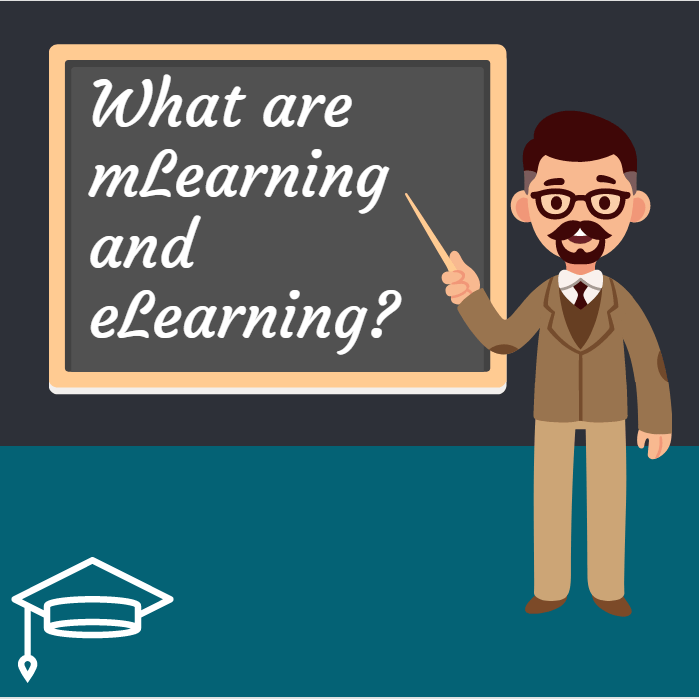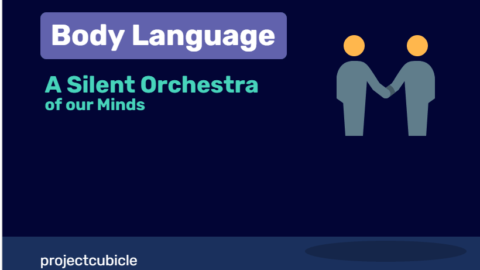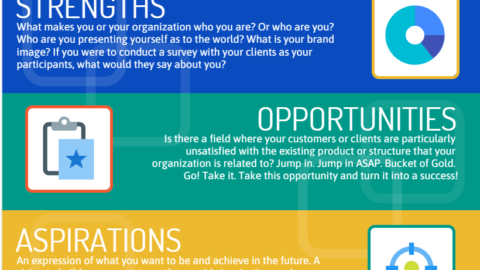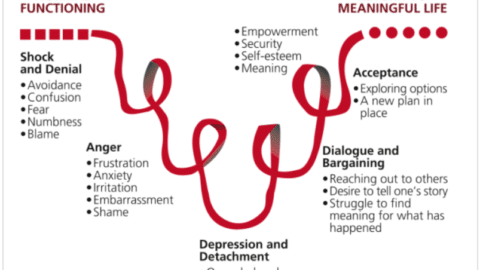What are mLearning and eLearning? Difference between eLearning and mLearning
Almost every employee carries and uses their smartphone at work. People prefer going online on their phones instead of their computers or laptop because that is more convenient. But, we all take the capabilities of mobile devices for granted. You can also use your mobile devices to access a better learning experience. Similarly, it is possible create engaging and effective learning content for your mobile phone, using mobile technologies. With the evolution of technology, the way we consume content through mobile devices has also changed. Employers across the globe have also begun understanding the potential of mLearning – learning that takes place on mobile phones. Here we will look at differences between elearning and mlearning, as well as what is elearning and what is mlearning individually.
Table of Contents
But, what is mLearning or Mobile Learning?
Mobile Learning, also known as M-Learning, is when the online training content is shared, and consumed on mobile devices like smartphones and tablets. With mobile learning, the learners have access to learning content and support anytime and anywhere. This makes learning much more accessible than traditional training models which required being present in an office or a training room.
Regardless of the kind of industry or organization, mLearning can prove to be a powerful tool in the training and development arsenal of any business. As we all know, the whole world is going mobile. Thus, the learning content that is provided must be flexible, responsive, and bite-sized, which can be consumed on mobile devices without hassle.
mLearning helps in employee training and ensures real-time access to learning content that is required by the employees to do their jobs when working remotely. In a situation where an employee is in the field and needs help in completing a task, the answer to their question is available in their smartphone. This way, employees get real-time access to all answers and assistance that they require.
The increasing use of mobile devices has affected the way people learn and acquire knowledge. Modern learners are not bound by time or location anymore; they only need a mobile device with a decent internet connection and they can start learning.
Learning on mobile is more diverse and fast. It is great for quick refresher courses and interactive quizzes to improve knowledge retention. This is why difference between eLearning and mLearning has an importance.
Some essential benefits of mLearning are:
- Faster Learning – With small and bite-sized information delivery, the learning becomes faster by avoiding cognitive overload. mLearning makes virtual instructor-led learning and training faster and more effective.
- Better Course Completion and Knowledge Retention Rate – With mLearning, learners can take up courses anywhere and anytime. This flexibility often leads to a better course completion rate. mLearning can help integrate learning into employees’ daily routines, resulting in better knowledge retention.
- Cost-Effective – Course content created once can be used multiple times with simple and quick tweaks. There is no need to install and set up individual workstations for training, as the mobile device is already available to learners. All of this helps in saving a lot of money.
- Improved Performance and Engagement – mLearning will not interrupt the daily routine of the learners, as they have the flexibility to take the course at their convenience, which results in a higher performance level and better learning experience. You can personalize the content of mLearning to increase motivation and engagement.
This was a bit about mLearning or Mobile Learning. Now that we understand mLearning, let’s find out more about eLearning
What Is eLearning?
eLearning is a system based on formal teaching but with the help of electronic devices. The use of laptops, desktops, tablets, mobile phones, and internet connection forms the major component of eLearning. There are many more elements, which can create an eLearning program. For example – pre-recorded lectures or training sessions, videos and audio files, quizzes, simulations, gamification elements, and other interactive essentials.
eLearning has revolutionized the conventional method of chalk and board style of training that was led by an instructor in a brick and mortar room. eLearning has made life simple and easy for both the trainer and the trainee. Thus, eLearning has also gained ground in the corporate training sector. With the help of eLearning, many businesses have successfully implemented online training at scale and developed the knowledge of their employees. Many have also managed to streamline their training and onboarding processes. During the pandemic, thanks to eLearning, businesses have even been able to continue provide remote training to their remotely working workforce.
Here is a list of some of the key benefits of eLearning:
- Adjustable – eLearning is designed to accommodate your needs and requirements. Anyone can take up the eLearning courses, such as – students, employees, housewives, etc. They have the freedom to pick up their productive hours from their daily schedule and busy lifestyle. eLearning is very much adjustable to the learner’s requirements.
- Cost-Effective – eLearning is cost-effective. Businesses and educational institutions save a lot of money on transportation and accommodation. There is no need to get the learning material printed as everything is available online; you can save money by doing so.
- Easy Accessibility – The eLearning content is easily accessible from any place and at any time. Hundreds of employees can access the training modules without any issues from offices across the world. They just need a digital device and internet connection.
Difference Between eLearning and mLearning
- mLearning involves mobile devices for learning and teaching.
- eLearning is a form of education that involves the internet using electronic devices.
- mLearning requires operating software like iOS and Android on mobile devices like smartphones or tablets.
- eLearning requires operating systems like Windows, Linux, and Max. The learning takes place on laptops, desktops, tablets, and mobile phones.
- mLearning is designed with a simple screen and navigation so that it can be used with ease.
- eLearning can use complex designs with bigger training modules.
- mLearning usually uses shorter training modules or lessons, often limited to 3-10 minutes in length.
- eLearning modules are long and can be around 30-40 minutes long.
mLearning is sort of a subset of eLearning. That’s why, one isn’t better than the other. Both have their own advantages and unique applications. Whether your next online course needs to be mobile friendly or not depends entirely on who you are teaching.

Simon Bonghez is currently a Director and Project Management Consultant with LIFESPEED India, and a Project Management Consultant & Speaker.










